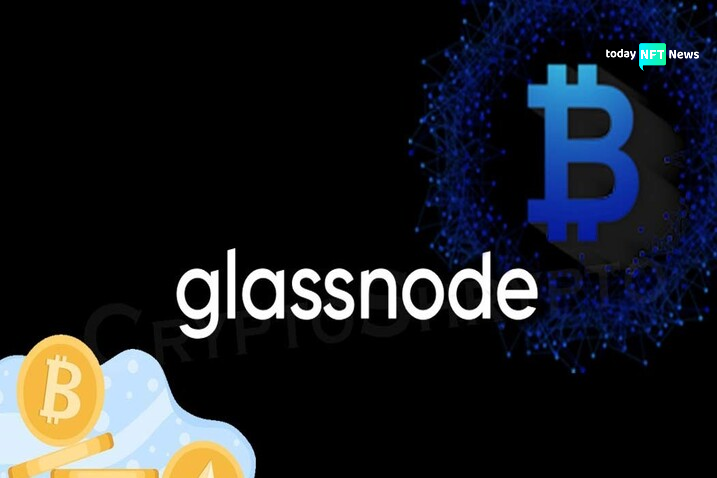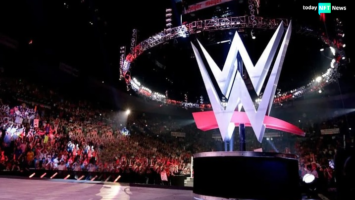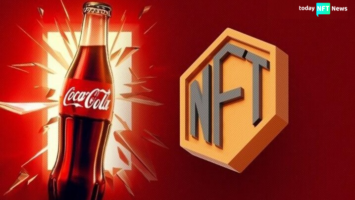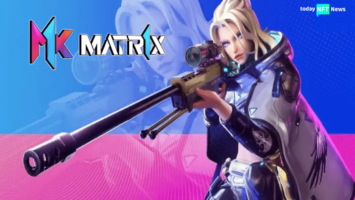SNEAK PEEK
- Glassnode’s report finds little evidence that Bitcoin Ordinals disrupt high-value monetary transfers.
- Despite their prevalence, Bitcoin Ordinals contribute only 20% of transaction fees.
- Industry experts foresee a price increase leading up to Bitcoin’s halving event in April 2024.
Despite rising concerns over Bitcoin Ordinals congesting the network, substantial evidence is lacking to support the notion that inscriptions are hindering high-value Bitcoin (BTC) monetary transfers. Glassnode, a leading on-chain analytics firm, clarified in its September 25 report titled “The Week On-chain” that there’s minimal substantiation to suggest inscriptions overshadow monetary transfers.
This phenomenon is likely attributed to the tendency of inscription users to opt for lower fee rates, demonstrating a readiness to endure extended confirmation times. Glassnode elucidated that inscriptions acquire and utilize the most affordable available blockspace and are easily supplanted by more pressing monetary transfers.
Introduced in February 2023, Bitcoin Ordinals have dominated daily transaction counts on the network. However, this prevalence hasn’t translated to a proportional share in mining fees, with inscriptions contributing to merely 20% of transaction fees, as noted by Glassnode.
Moreover, inscriptions have bolstered the base-load demand for blockspace, enhancing fees for miners. However, the hash rate of Bitcoin has witnessed a 50% surge since February, intensifying the competition among miners vying for revenue fees. Glassnode highlighted that this fierce competition, coupled with the impending halving event, is likely pushing miners toward the brink of income stress. Their profitability remains in jeopardy unless there’s a surge in BTC prices in the imminent future.
Currently, Bitcoin is valued at $26,216. Numerous experts in the industry are anticipating a price escalation as we approach Bitcoin’s halving event, scheduled for April 2024.
Most inscriptions are presently resulting from BRC-20 tokens, introduced a month post the initiation of the Ordinals protocol on Bitcoin by Casey Rodarmor in February. On September 25, Rodarmor proposed “Runes” as a viable alternative to BRC-20s. He suggested a protocol based on unspent transaction output wouldn’t leave as many residual unspent transaction outputs on the Bitcoin network.
Additionally, the increased demand for blockspace by inscriptions has inadvertently benefited miners by elevating the fees. However, the escalating competition and the upcoming halving event create a challenging environment for miners, testing their resilience and adaptability.









